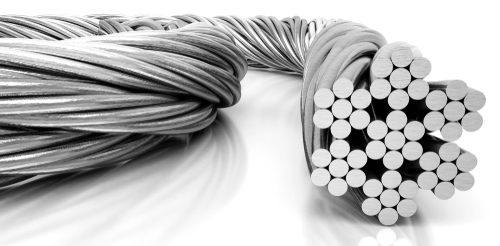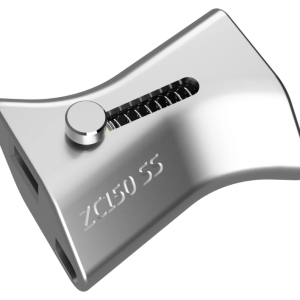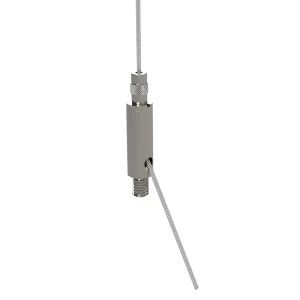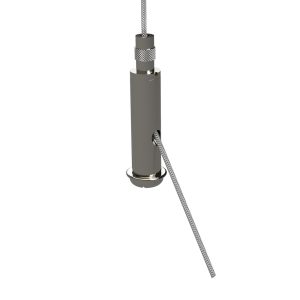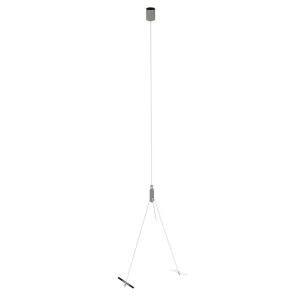MEP applications often require the use of cable and/or steel rod where tensile strength is important. While both cable and steel rod can provide high levels of tensile strength, cable generally has greater tensile strength than steel rod due to several factors.
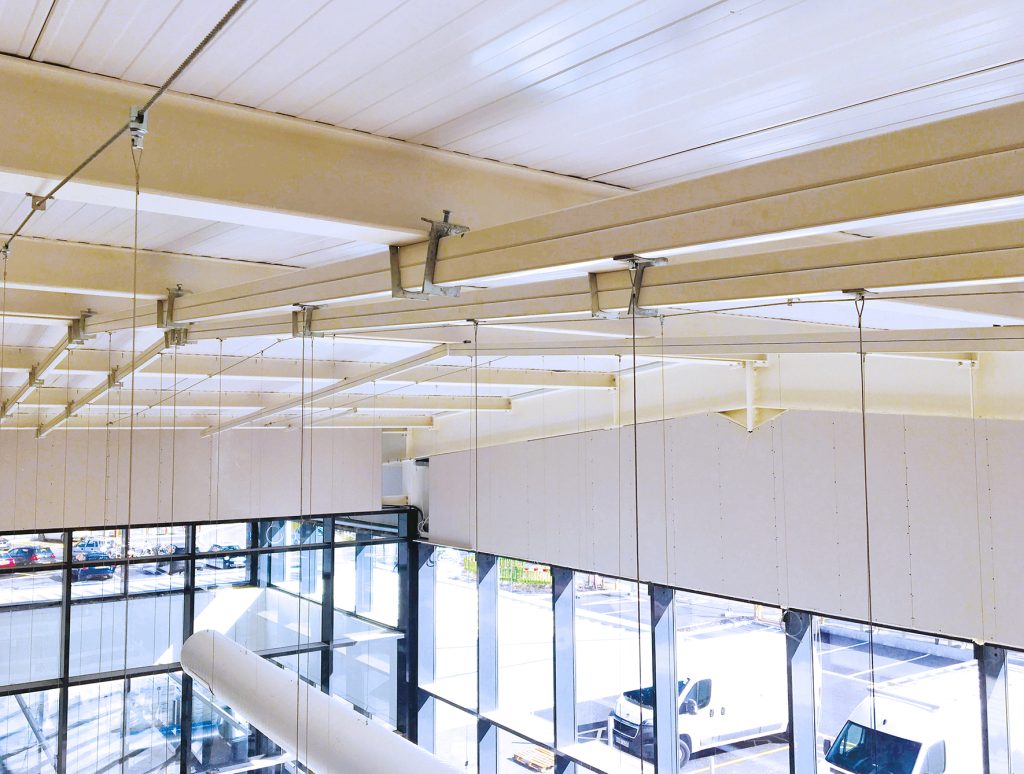
Construction of materials:
One of the primary reasons for cable’s greater tensile strength is the construction of the cable itself. A cable is constructed with multiple wire strands (7×9 or 7×19) twisted together to form a single unit. However, steel rod is just a single solid rod or strand. This construction allows cable to distribute the load more evenly across multiple strands, resulting in a stronger and more flexible structure that can handle higher levels of tension. In contrast, steel rod is more rigid and prone to breaking under high levels of tension.
Steel construction:
Another advantage of cable is that it is often made from high-strength materials such as stainless steel, which can provide additional strength and durability. Steel rod, on the other hand, is typically made from carbon steel or other alloys that may not be as strong as the materials used in cable. This can lead to lower tensile strength and a greater risk of failure under stress.
Environmental factors may determine whether a cable should be coated or treated to provide additional protection. These factors include corrosion and abrasion, depending on its location. This can further enhance the cable’s strength and durability, making it more reliable for applications where tensile strength is critical. Steel rod however may be more susceptible to corrosion and other forms of damage. This in turn can then weaken its tensile strength over time.
Ease of installation:
Finally, cable is often easier to install and work with than steel rod. This then leads to fewer errors and better overall performance. Cable can be cut and spliced in the field, while steel rod requires specialized tools and equipment for installation. This ease of use can help to ensure that cable is installed correctly and that it is able to withstand the levels of stress and tension required for a given application.
In conclusion, cable generally has greater tensile strength than steel rod due to its construction, materials, and protective coatings. While both materials can provide high levels of strength, cable’s flexibility and ability to distribute the load more evenly across multiple strands make it a more reliable choice for many applications where tensile strength is critical.
Why not follow us on LinkedIn for updates and information


